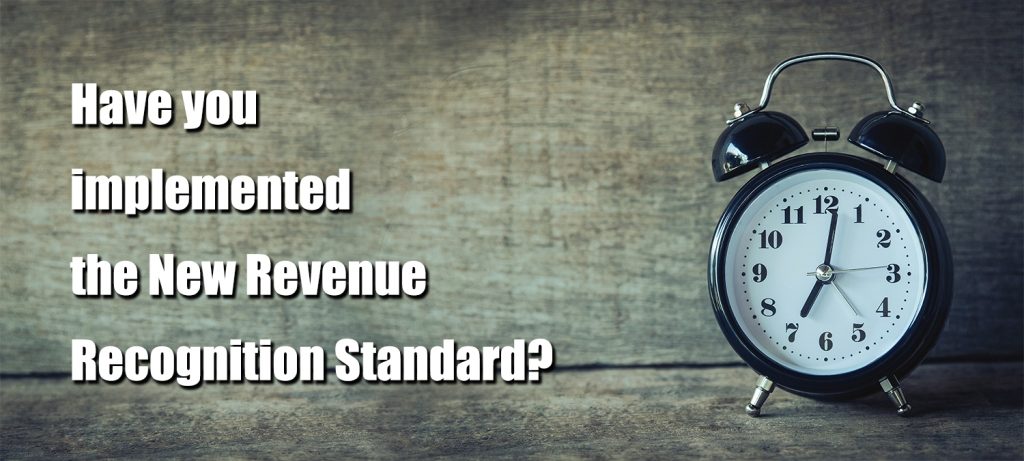
The New Revenue Recognition Standard
- April 10, 2019
- admin@ohi

For almost all entities barring a few like financial institutions, revenue is the largest single figure in the financial statements. The figure ascertains an entity’s financial performance and position. While it might be accepted that profit is generally considered the most important single pointer of corporate financial performance, revenue does not fall far behind.
The FASB has issued an accounting standards update (ASU) for revenue recognition related to contracts with customers. On 28 May 2014, the IASB and the FASB jointly issued a new standard on revenue recognition titled “Revenue from Contracts with Customers”, IFRS 15 for IFRS and ASC 606 for US GAAP. Companies in the US, mostly private companies that follow the U.S GAAP, need to start implementing the new revenue recognition rules if they haven’t already.
The board initiated a joint project to clarify the principles for recognizing revenue and to develop a common revenue standard for IFRSs and US GAAP that would:
IFRS 15 specifies the accounting treatment for all revenue arising from contracts with customers. It applies to all entities that enter into contracts to provide goods or services to their customers other than contracts in the scope of other standards (eg insurance, leases, financial instruments etc)
The core principle is that revenue is recognized when the goods or services are transferred to the customer at the transaction price. The principles in IFRS 15 will be applied using the following five steps:
The new change in the standard indicates that revenue is recognized when a company satisfies a performance obligation by transferring goods or services to a customer at the amount to which the company is entitled (when the customer obtains control of the goods/services). Depending on whether certain criteria are met, revenue is recognized either over time, in a manner that demonstrates the company’s performance, or at a point when control of the goods or services is transferred to the customer.
Almost all companies will be affected to a certain degree either by a change in time for recognizing revenue or due to a significant increase in required disclosure. In addition to an increase in disclosures, the impact on businesses will depend on the industry and current accounting practices.
It is important for companies to understand how the new system will change the current accounting procedures. What transition method will be followed? What role will technology play in the implementation? These are a few questions which the entities will have to figure early in order to map out the implementation plan.
Need assistance in familiarizing with the new standard – Call us at 1-646-367-8976, Email at sales@outsourcinghubindia.com – CONTACT US
Contact us for a customized NO OBLIGATION proposal for outsourcing your accounting activities.









